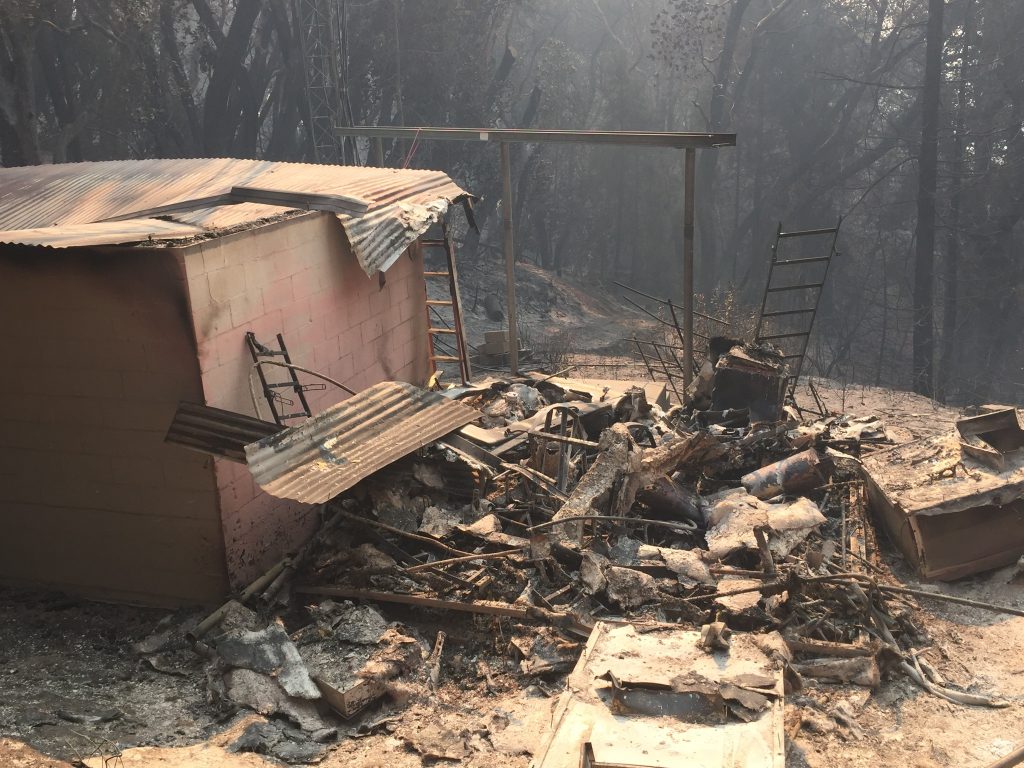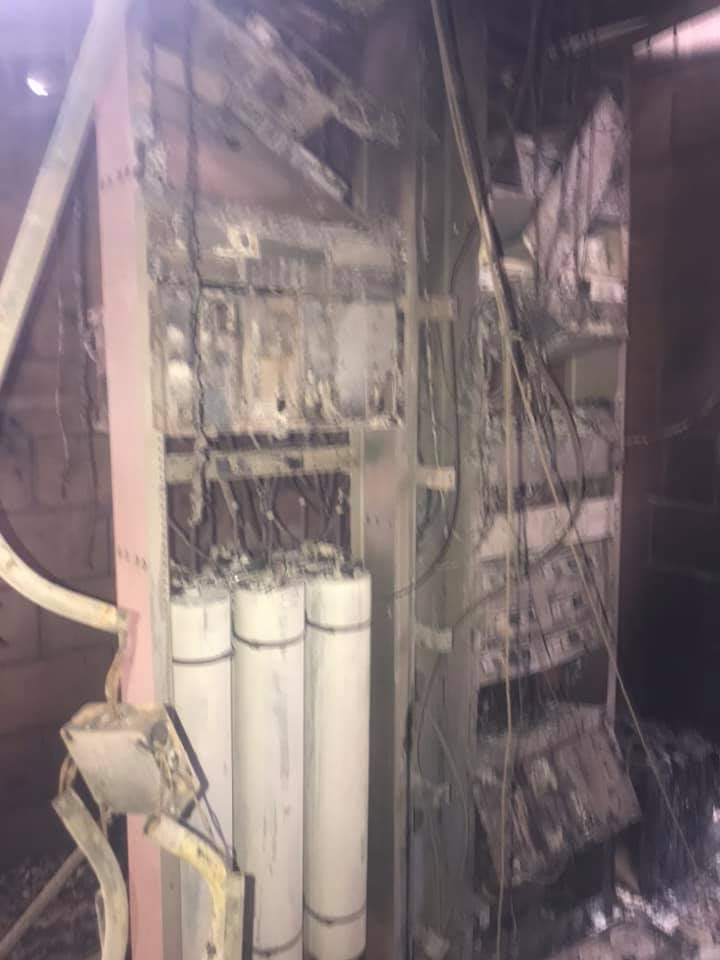https://www.ucf.edu/news/a-second-cable-fails-at-nsfs-arecibo-observatory-in-puerto-rico/



http://www.zianet.com/qrp/ZOMBIE/pg.htm
Friday Night, October 30, 20201600 – Midnight Your Local Time
THE ZOMBIE SHUFFLE is an annual evening event for QRPers to get on the air, have some fun, and rack up a really big score in spite of what your CW or operating skills may be. It is held the Friday nearest Halloween each year and to avoid the ARRL CW Sweepstakes contest.
ARISS News Release No. 20-21
October 02, 2020 — An ARISS Slow Scan TV (SSTV) event is scheduled from the International Space Station (ISS) for early October. The event is scheduled to begin on October 4 at 14:00 UTC for setup and operation and will continue until October 8 ending at 19:15 UTC. Dates and times are subject to change due to ISS operational adjustments
Images will be downlinked at 145.8 MHz +/- 3 KHz for Doppler shift and the expected SSTV mode of operation is PD 120. The main theme of this collection of images will be Satellites. Radio enthusiasts participating in the event can post and view images on the ARISS SSTV Gallery at https://www.spaceflightsoftware.com/ARISS_SSTV/ .
After your image is posted at the gallery, you can acquire a special award by linking to https://ariss.pzk.org.pl/sstv/ and follow directions for submitting a digital copy of your received image.
The Sun goes through regular cycles of activity approximately every 11 years, and tracking these cycles is a key part of better understanding the Sun and mitigating its impacts on human technology and astronauts in space. Join NASA and NOAA experts Tuesday, Sept. 15 at 3:00 p.m.
ARISS News Release No. 20-13
September 2, 2020—The ARISS team is pleased to announce that set up and installation of the first element of our next generation radio system was completed and amateur radio operations with it are now underway. This first element, dubbed the InterOperable Radio System (IORS), was installed in the International Space Station Columbus module. The IORS replaces the Ericsson radio system and packet module that were originally certified for spaceflight on July 26, 2000.
Initial operation of the new radio system is in FM cross band repeater mode using an uplink frequency of 145.99 MHz with an access tone of 67 Hz and a downlink frequency of 437.800 MHz. System activation was first observed at 01:02 UTC on September 2. Special operations will continue to be announced.
The IORS was launched from Kennedy Space Center on March 6, 2020 on board the SpaceX CRS-20 resupply mission. It consists of a special, space-modified JVC Kenwood D710GA transceiver, an ARISS developed multi-voltage power supply and interconnecting cables. The design, development, fabrication, testing, and launch of the first IORS was an incredible five-year engineering achievement accomplished by the ARISS hardware volunteer team. It will enable new, exciting capabilities for ham radio operators, students, and the general public. Capabilities include a higher power radio, voice repeater, digital packet radio (APRS) capabilities and a Kenwood VC-H1 slow scan television (SSTV) system.
A second IORS undergoes flight certification and will be launched later for installation in the Russian Service module. This second system enables dual, simultaneous operations, (e.g. voice repeater and APRS packet), providing diverse opportunities for radio amateurs. It also provides on-orbit redundancy to ensure continuous operations in the event of an IORS component failure.
Next-gen development efforts continue. For the IORS, parts are being procured and a total of ten systems are being fabricated to support flight, additional flight spares, ground testing and astronaut training. Follow-on next generation radio system elements include an L-band repeater uplink capability, currently in development, and a flight Raspberry-Pi, dubbed “ARISS-Pi,” that is just beginning the design phase. The ARISS-Pi promises operations autonomy and enhanced SSTV operations.
ARISS is run almost entirely by volunteers, and with the help of generous contributions from ARISS sponsors and individuals. Donations to the ARISS program for next generation hardware developments, operations, education, and administration are welcome — please go to https://www.ariss.org/donate.html to contribute to these efforts.
ARISS–Celebrating 20 years of continuous amateur radio operations on the ISS!


sounds like the tower is still standing, but what shape would it be in and one can be sure the feeds and such are well cooked, thoughts go out to these folks, lots of work ahead